Optimal Timing for Window Installations
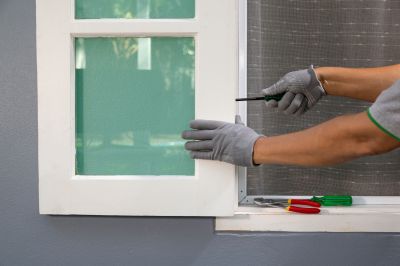
Spring offers moderate temperatures and longer daylight hours, making it an ideal time for Windows installations.
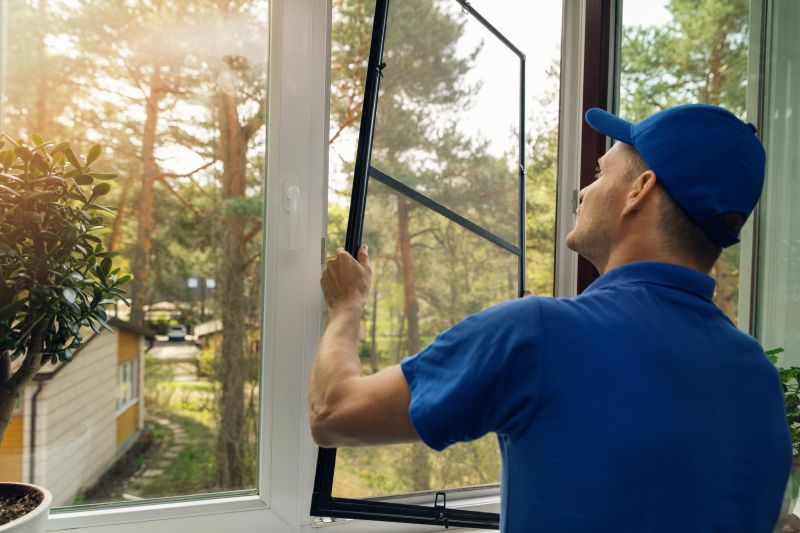
Summer provides warm weather, but high temperatures can affect installation processes and equipment.
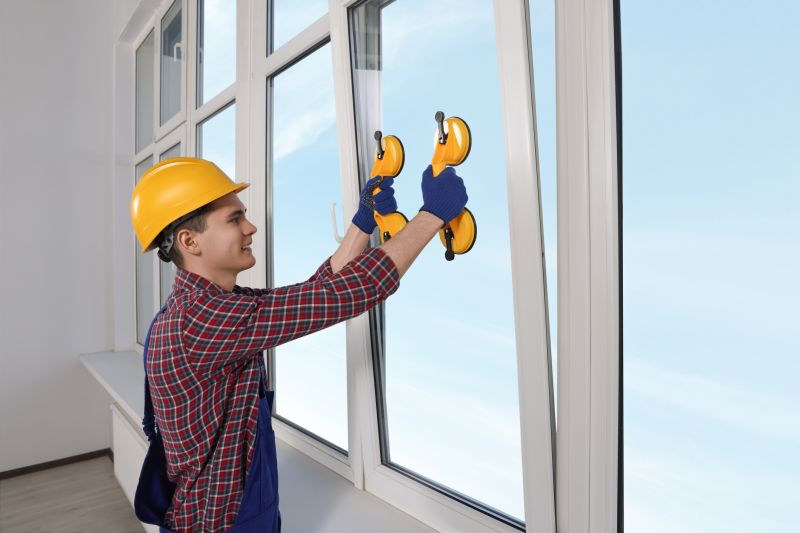
Fall's cooler temperatures and lower humidity levels can facilitate smoother installations.

Ways to make Windows Installations work in tight or awkward layouts.

Popular materials for Windows Installations and why they hold up over time.

Simple add-ons that improve Windows Installations without blowing the budget.

High-end options that actually feel worth it for Windows Installations.
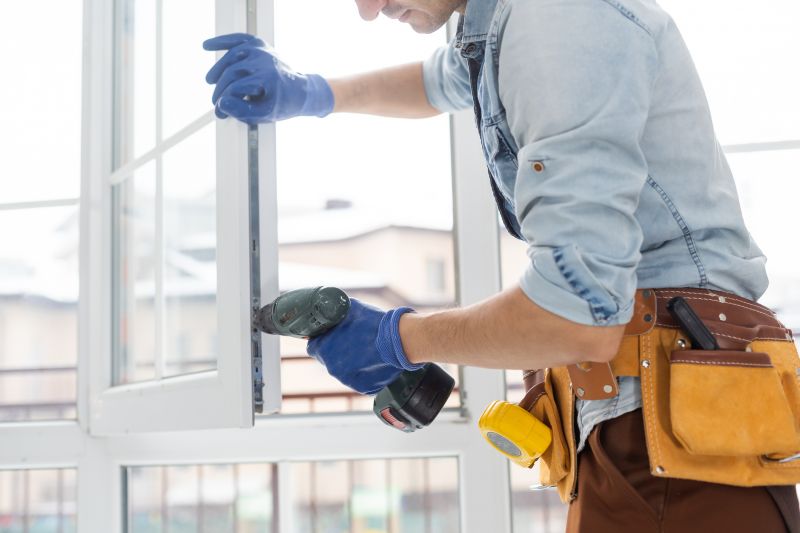
Finishes and colors that play nicely with Windows Installations.
Windows installations are a critical aspect of property upgrades and renovations. Proper timing ensures optimal results, minimizes disruptions, and can enhance the longevity of the installation. Weather conditions, temperature, and humidity levels significantly influence the success of window installation projects. For instance, extreme cold or heat can cause materials to expand or contract, affecting sealing and fitment. Additionally, scheduling during periods of moderate weather reduces the risk of delays caused by unforeseen weather events.
Avoid extreme temperatures and high humidity to ensure proper sealing and adhesion during installation.
Plan installations during seasons with predictable weather to prevent delays and ensure quality work.
Material properties can be affected by temperature fluctuations, influencing durability and performance.
Installing windows during cooler months can improve energy efficiency by reducing drafts and heat loss.
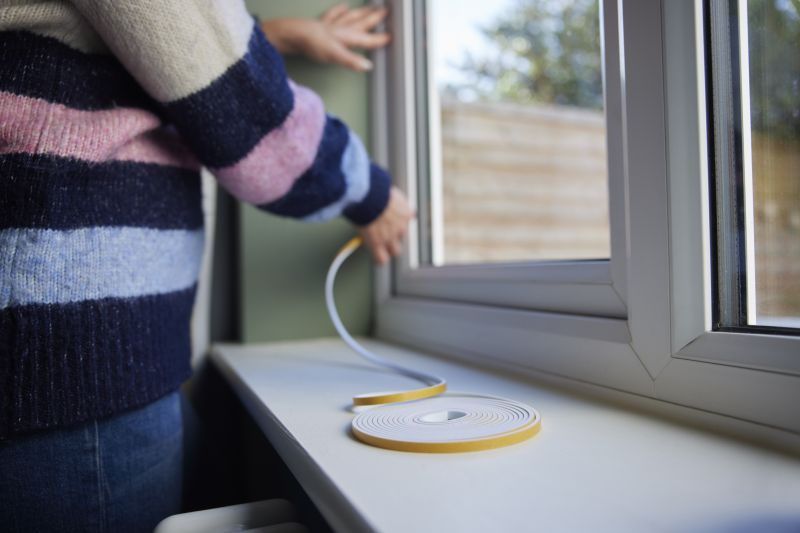
Winter installations require specialized techniques to handle cold temperatures and prevent seal failures.
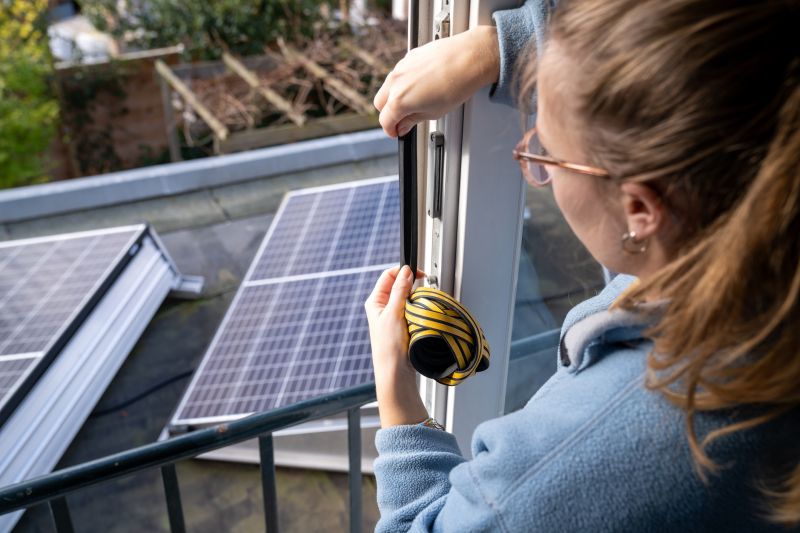
Spring offers favorable weather conditions for efficient and effective window upgrades.
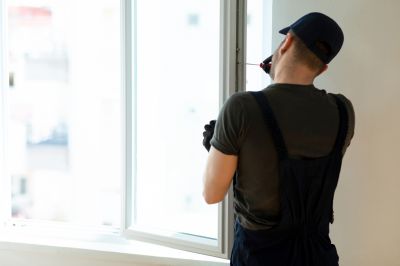
Summer's warm weather can accelerate installation but requires precautions against heat-related issues.
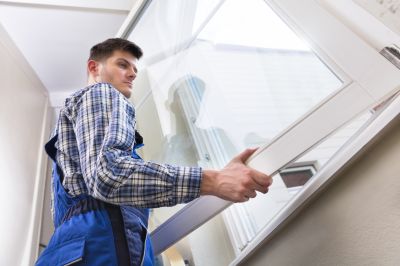
Fall's moderate climate supports high-quality installation with minimal weather-related interruptions.
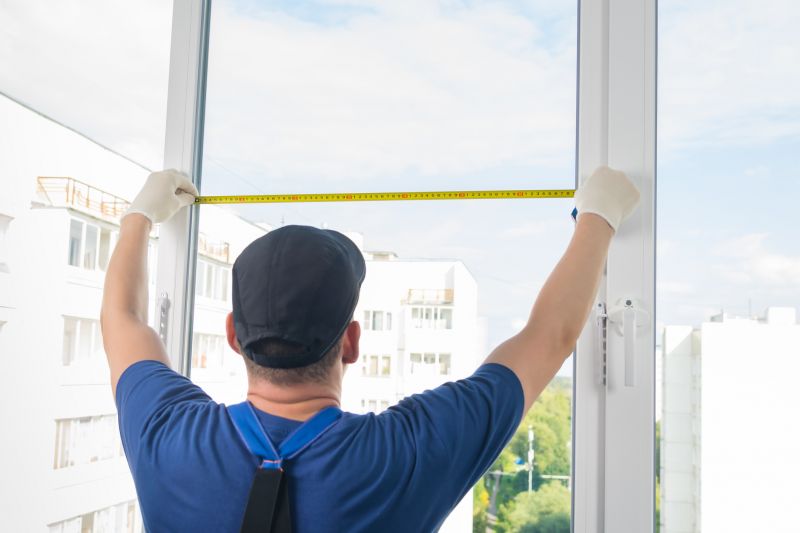
Little measurements that prevent headaches on Windows Installations day.

A 60-second routine that keeps Windows Installations looking new.
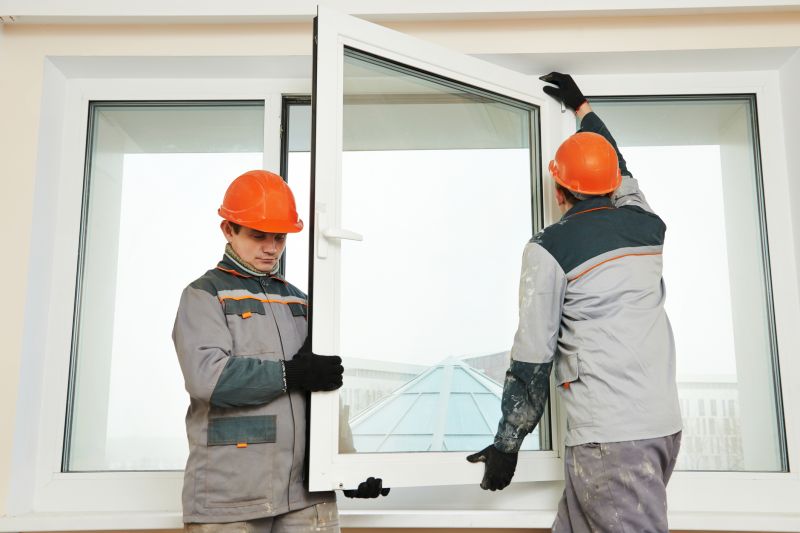
A frequent mistake in Windows Installations and how to dodge it.
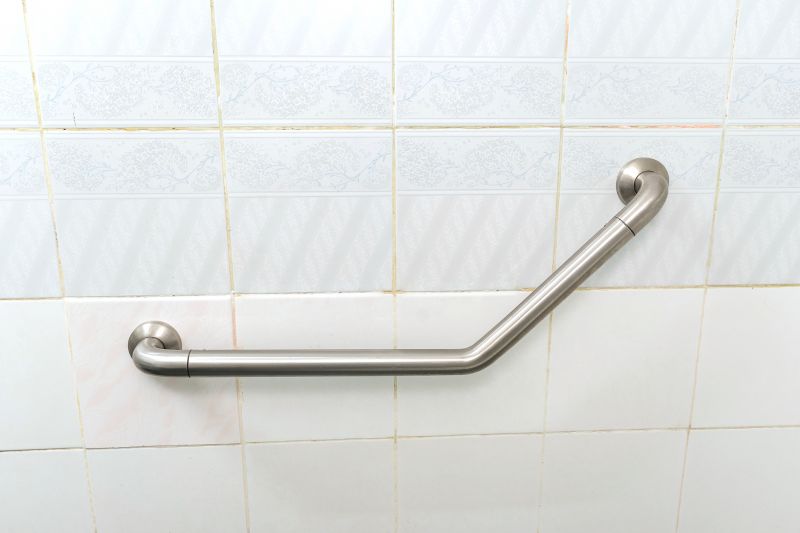
Small tweaks to make Windows Installations safer and easier to use.
| Season | Best Features |
|---|---|
| Spring | Moderate temperatures, longer days, ideal for installation |
| Summer | Warm weather, but potential heat challenges |
| Fall | Cooler temperatures, low humidity, optimal for quality work |
| Winter | Requires special techniques due to cold, but possible |
Choosing the right time for Windows installations involves considering weather patterns, temperature ranges, and project timelines. Proper planning during suitable seasons can lead to better sealing, improved energy efficiency, and increased durability of the installed windows. Scheduling during seasons with stable weather reduces the likelihood of delays and rework, ensuring a smoother process from start to finish.
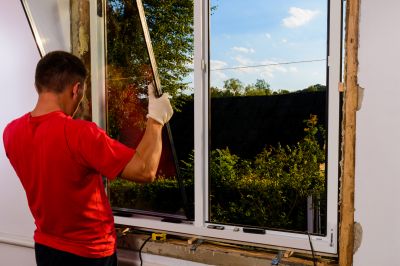
Proper weather conditions are essential for a successful window installation process.
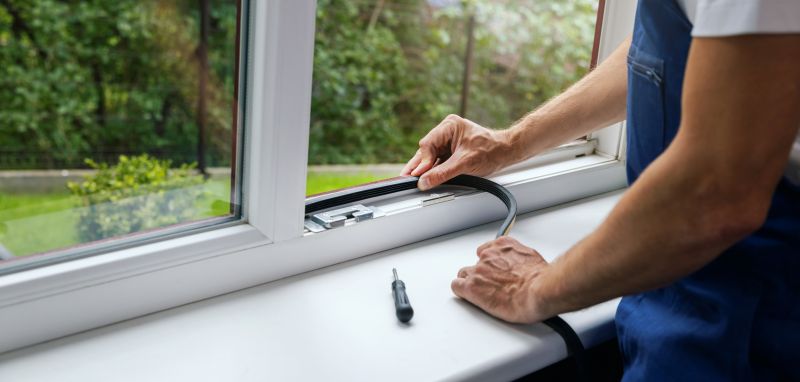
Optimal timing helps ensure a tight seal, preventing drafts and leaks.

Installing windows during cooler months can contribute to energy efficiency.
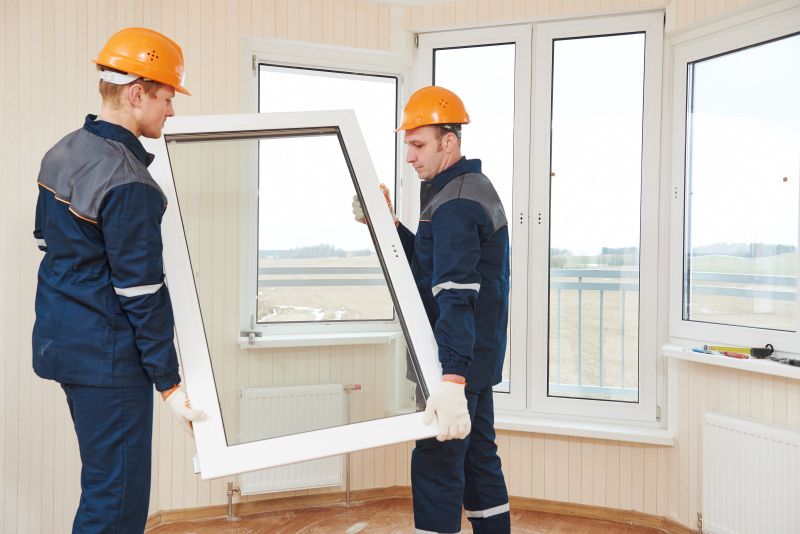
Scheduling during favorable weather reduces risks and improves results.

Lower-waste or water-saving choices for Windows Installations.

The short, realistic tool list for quality Windows Installations.
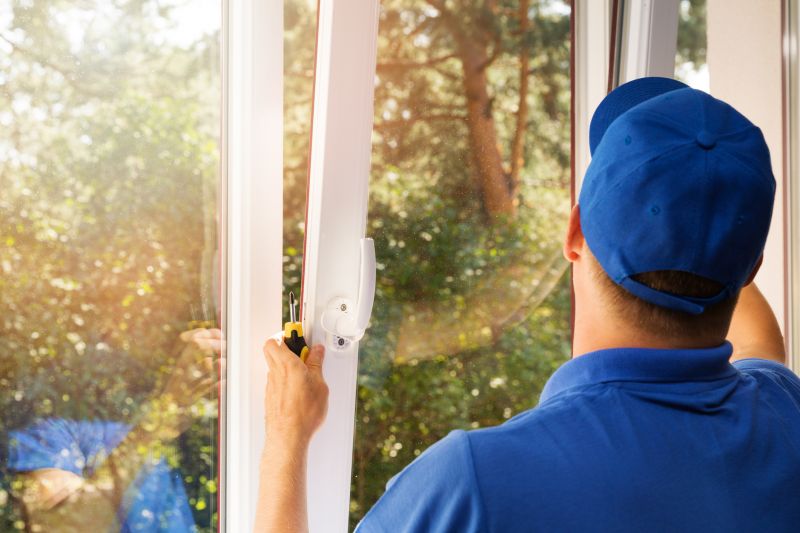
Rough timing from prep to clean-up for Windows Installations.
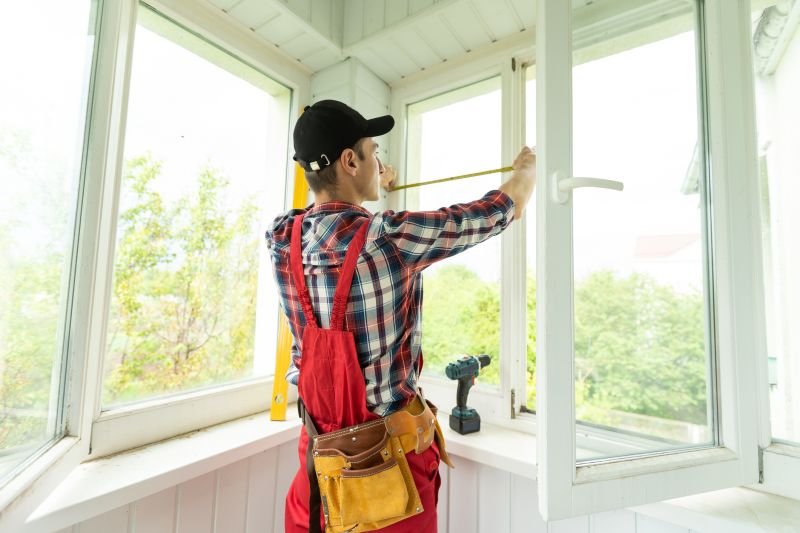
Quick checks and paperwork to keep after Windows Installations.
Interested in scheduling a window installation? Filling out the contact form provides an opportunity to plan for the most suitable time based on local weather patterns and project requirements. Proper timing can enhance the quality and longevity of the installation, ensuring optimal performance and energy efficiency.



